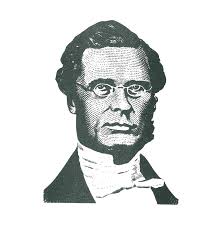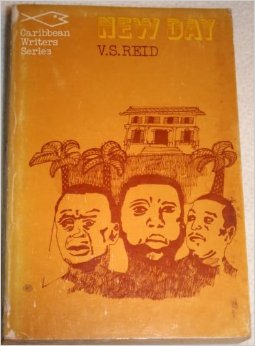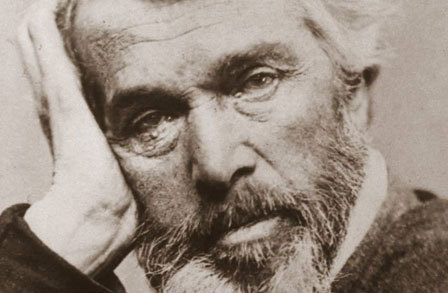|
Getting your Trinity Audio player ready...
|
Reading Time 1 mins
THE MORANT BAY REBELLION: OCTOBER 11, 1865
War down a Monkland!
War down a Morant!
The two lines from a Jamaican folk song [cited above] recall the “war” – the so-called “Morant Bay Rebellion” which opened on 11 October 1865.
The rebellion came just three decades following the Abolition of Slavery in Jamaica and the British West Indies. The Abolition brought an end to chattel slavery and inaugurated “wage slavery”. The Jamaican people sought “full free”; the island’s colonial Governor Edward John Eyre and his British overlords in London were militantly opposed.
The Colonial Administration was very well- armed , and their fire was used to “quell” the resistance: hundreds were killed, many more jailed.
And Jamaica’s colonial courts hanged George William Gordon [1820-1865], Paul Bogle [1822-1865] and dozens more. Independent Jamaica has elevated the two men to the status of “National Hero”.
The Morant Rebellion inspired reggae band Third World to compose “1865” aka “96 Degrees in the Shade” [1977], an anthem that recalls the bloody event.
Listen…….
“96 Degrees” – Third World
The Morant Rebellion is also commemorated in the Jamaican novelist V.S. Reid’s “New Day” , first published in 1946.
There exits many more literary salutes to the heroes of the rebellion.
The Rebellion [and its savage repression] caught world attention and Governor Eyre was recalled.
Eyre’s recall was opposed by many: novelist Charles Dickens, for instance, was among the governor’s supporters.
Historian Thomas Carlyle was a “strident” supporter of the governor. Carlyle’s support is robust and racist in his 1849 essay entitled “Occasional Discourse on the Nigger Question.”
Jamaica’s Morant Bay action reminds of Grenada’s “Laborers March” on Sauteurs of January 11, 1848. Both actions were responses to colonial oppression.
Caldwell Taylor
October 11, 2015
BIGDRUM…..beating out our stories.





